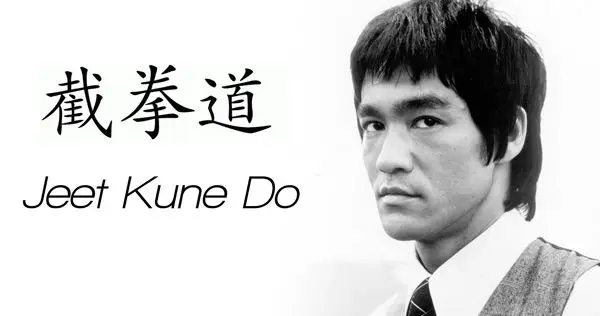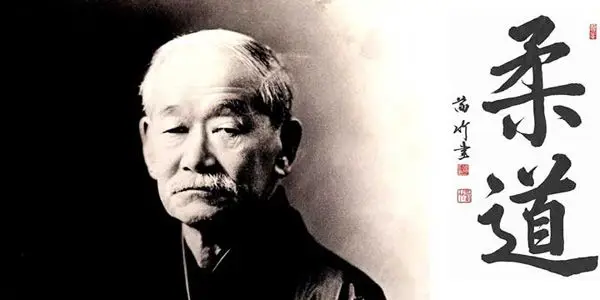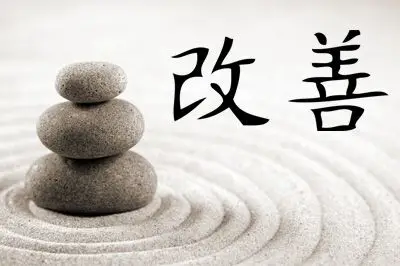This time we are going to talk about the Kaizen spirit, one of those words that (more or less like the gin and tonic) has recently become fashionable in the field of productivity improvement. For those of you who don’t know, the Kaizen spirit is a philosophy of Eastern origin associated with production processes and continuous improvement.
Personally, I have always had an affinity with Eastern ways of thinking. Since I was a child, I have been involved in martial arts, and I have practiced Judo, Taekwondo, and Kung Fu. Therefore, although it is inevitable that my way of thinking will always be mainly Western, I have managed to get close and understand the differences between Eastern and Western mentalities.
I say this because on many occasions, I find that Westerners are determined to import Eastern concepts at all costs. We discover a new concept in the field of quality or productivity that works for them. Then we say, “I want the same thing,” we import it, and we Westernize it. We normalize it, regulate it, and turn it into something rigid. Frequently we put someone in charge of its implementation who really does not understand its basis, its meaning. We teach them some rules, we tell them that to be an expert in the area, they have to learn them by heart. Even worse, we tell them to audit and teach them to others. That’s when my hair stands on end.
But then, if it’s not a procedure, if it’s not something that can be summarized in a few rules… What is this Kaizen thing?
What is Kaizen
Kaizen (改善) literally means “good change.” That is, it is the Eastern equivalent of our traditional “continuous improvement.” Kaizen is a philosophy associated with continuous improvement processes, productivity improvement, and Lean Manufacturing.
Nothing really new. I don’t have to go to the East to be told that change is good, or to be told about the importance of continuous improvement, do I?… Well, actually, I do.
If you translate and limit Kaizen to its Western equivalent of “continuous improvement,” you have just taken away all the meaning and depth from the concept. You have only scratched the surface. Kaizen is not a series of procedures, rules, and documents that you must strictly comply with. Kaizen requires a complete change of mentality. It means embracing change, abandoning static positions (as Bruce Lee said), learning to live dynamically and flexibly, constituting a process that never ends.

Kaizen is a concept, a philosophy of life that applies to all areas, both personal and work-related, and provides the flexibility demanded by modern times. Traditional companies have based their stability on their size and market strength. They are the equivalent of a large static pole, which stands upright thanks to its weight at its base. But no matter how much weight is put on it, it can inevitably be brought down.
Kaizen reminds us that there is another way to maintain balance, something as simple as the way a ball operates. You can’t make a ball fall. If you push a ball, it rolls, keeping its center of gravity in the same place. The ball has “found” a new way to maintain balance, which instead of being based on statics and strength is based on dynamics, movement, and continuous change.
Nature itself has taught us that the species that has the greatest chance of survival is not the strongest, but the one that adapts best. For this reason, flexibility is becoming increasingly important in modern companies and machinery. We have moved from a mass production era where the focus was on acquiring machinery that produced large quantities of parts, to the current situation where machinery that allows flexibility and rapid manufacturing changes is more interesting.
To illustrate the concept, I will tell you the anecdote of Jigorō Kanō, the founding master of Judo, who was walking in the garden of his Dojo with his wife. There had been a heavy snowfall, and he observed how the thick branches of the strongest trees held a lot of weight, but inevitably ended up breaking. The weaker trees, with thinner branches, ended up bending under the weight of the snow. The snow fell to the ground, and the branch returned to its place without breaking. With this idea, he created Judo, which can be translated as “the way of flexibility”.

The 10 points of the Kaizen spirit
The Kaizen philosophy is often summarized in the 10 points of the Kaizen spirit, which are as follows:
- Abandon fixed ideas, reject the current state of things
- Instead of explaining what can’t be done, think about how to do it
- Immediately implement good improvement proposals
- Don’t seek perfection, gain 60% from now
- Correct a mistake immediately and on the spot
- Find ideas in difficulty
- Seek the root cause, respect the 5 whys, and then seek the solution
- Consider the ideas of ten people instead of waiting for the brilliant idea of one
- Test and then validate
- Improvement is infinite
Clear, right? Easily understandable. A decalogue of 10 rules that must be followed to the letter, right?… well, absolutely NOT. On more than one occasion, I have seen these points being followed “to the letter,” and the argument of “60% is enough” being wielded. This can lead to assimilating Kaizen as “this is good enough” when it is not even remotely part of its meaning.
Once again, a deeper meaning must be sought, beyond the surface. The 10 points of the Kaizen spirit are not rules or rigid norms. They are a compilation of advice that, when well understood, help us remember the path when we are tempted to abandon it, similar to what a master would do.
The important thing is not the phrases themselves, but the concepts behind them. They remind us not to remain static, not to wait for solutions to be perfect before starting improvements (which is not the same as “this is good enough”). Not to lament in times of adversity, and to keep looking forward, and to keep working in the most difficult times.
In this line, I will tell you another story, about an Eastern master who is watching as his house is being destroyed by a river flood. The Westerner, with his way of thinking, asks him, “How can you be so calm? Why don’t you scream or cry?” And the wise man replies, “Would it serve me any purpose?” Instead, the master gets up and starts collecting wood to build his new house.
As you can see, everything surrounding the Kaizen spirit consists of philosophical concepts and is much deeper than it may seem at first. The 10 points of the Kaizen spirit are very sensible phrases in themselves, but the effort must be made to interpret them from an Eastern perspective, leaving our Western mentality “parked” for a moment.
Conclusion
The Kaizen spirit is a philosophy of life related to Eastern ways of thinking. Without a doubt, it brings many positive ideas that will be useful both in your personal life and, by extension, in your work life.
However, the Kaizen spirit must be interpreted from the point of view of an Eastern mentality and endowed with a certain philosophical background. If you reduce Kaizen to a strict set of rules, or to something that is learned in a business management master’s degree, you strip it of all meaning. Of course, it is doubtful that in this way you will be able to implement a system based on Kaizen or obtain any useful results from it.
Finally, not everyone will be able to internalize the Kaizen spirit. The Western mentality generally likes to have stability, a defined position, and responsibilities. We find it difficult to accept a way of life based on continuous change. In addition, we have become accustomed to devaluing the importance of philosophy and thought, as outdated concepts that do not fit the current pace of life.
Like all philosophical branches, Kaizen is probably not something that can be learned by reading a book, or a blog. Perhaps it is one of those things that you internalize days after having read it, while you are walking in a park. As advice, I can only tell you to try to open up to these ways of thinking, even if only for brief periods, and that when you read or talk about the Kaizen spirit, try to go beyond the surface, and not just stay there.
Without a clear understanding of the meaning of movement, true progress cannot be expected. Jigoro Kano (1860-1838) Master of martial arts
Truth is the relationship with the opposite; constantly moving, alive, never static. Bruce Lee (1940-1973) Actor, master of martial arts, and Chinese philosopher
He who seeks constant happiness and wisdom must accommodate frequent changes Confucius (551 BC-478 BC) Chinese philosopher
